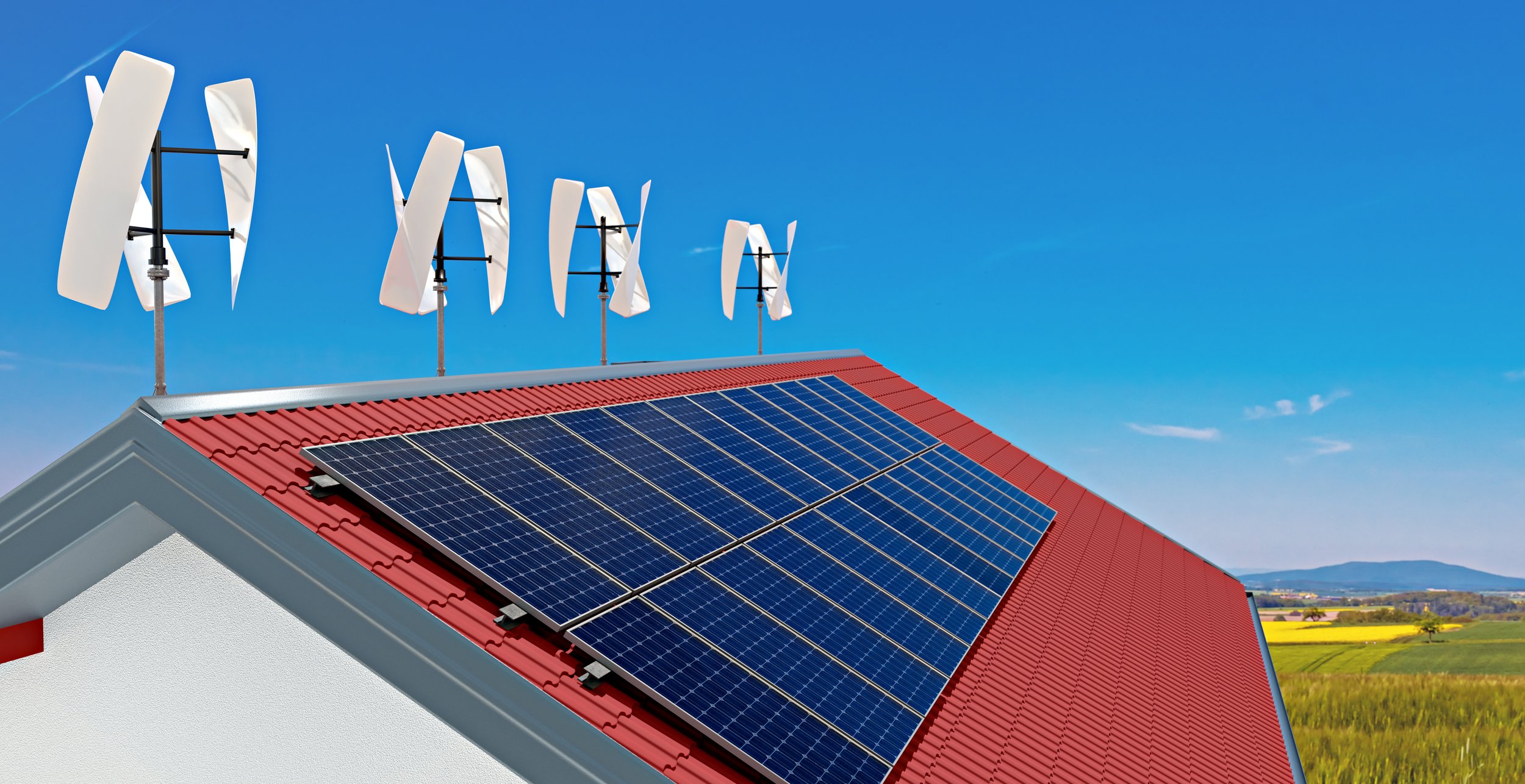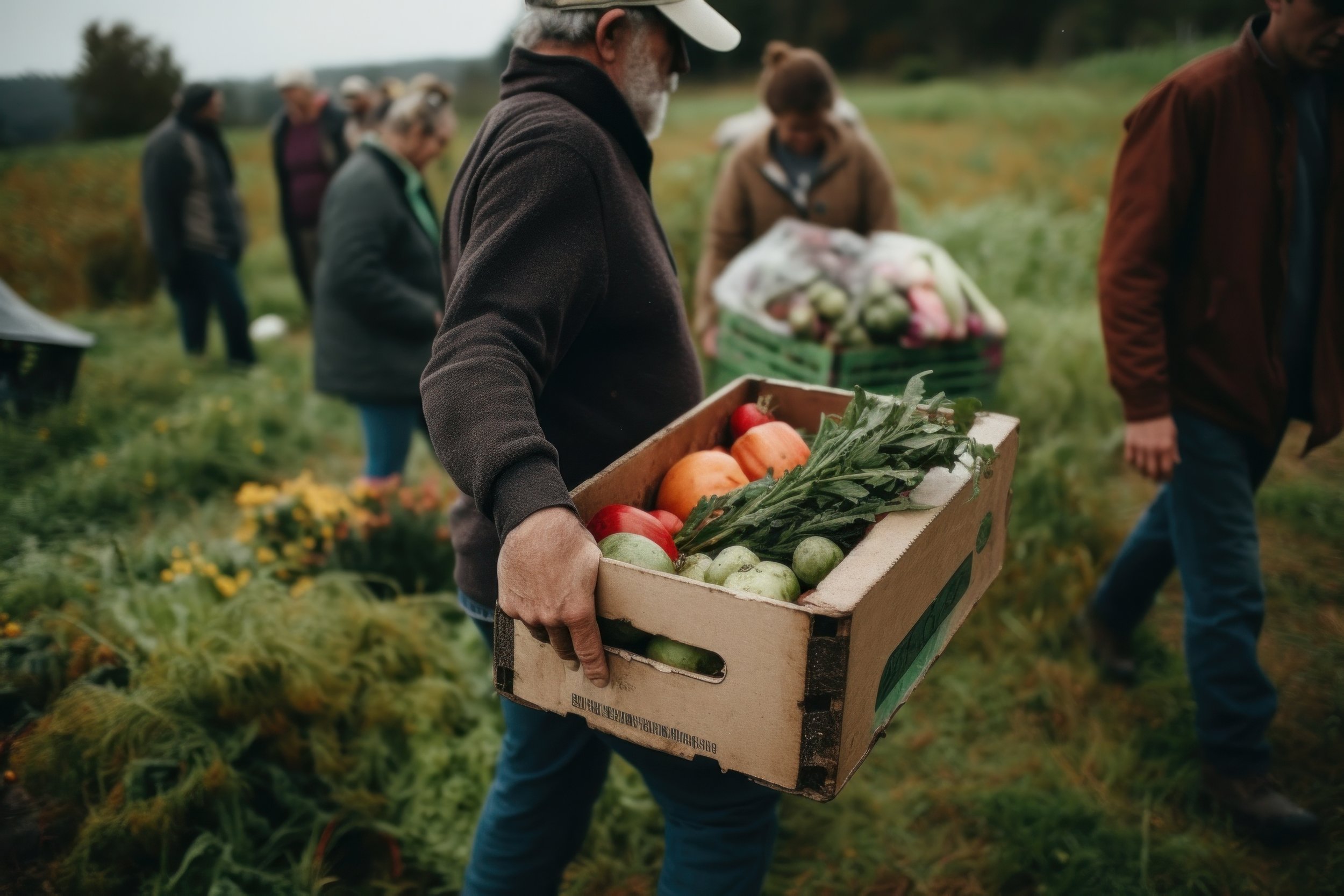What do I do if I can’t move?
Guest article from volunteer and advisor Charles S.
Evaluate your home. Are there repairs that are needed? Do you invest in making your current home more weather tight? More resistant to storm damage? Do you remove trees that may fall and damage your home?
Climate Safe Villages (CSV) offers a conversation for those who aren’t moving in the face of approaching climate change.
CSV is a non-profit organization of volunteers to help people become aware of climate change and plan for the impending significant impacts. Their website ClimateSafeVillages.org has a wealth of research information and ways to cope. CSV uses the latest national and international scientific information to determine what the conditions will be for the world in the near future.
CSV also promotes preparedness and planning for the contingencies indicated in the weather data. It is a great place to learn about the many things that most of us take for granted and that may not be so easy to come by soon. CSV assists groups of people in determining where and how to set up a village and enjoying a continued healthy and happy life.
There are groups getting together to merge different generations of skills, experience and finances to create the villages. These can be found at ClimateSafeVillages.org. One of the most important decisions facing climate-change-aware people today is where to live. Synergistic effects of climate change, political and social actions suggest that there will be significant disruptions by 2030.
The information in this article is aimed at the one- or two- family residence in the suburban or rural setting. The conversation is to help you prepare your current home for the forthcoming challenges that will be created by climate change and its secondary effects. Different strategies apply with greater population density and less property in urban areas. Although the basic needs remain the same for a family, methods to meet the needs during utility and transportation disruptions may require a different approach.
The number one concept that will help a family succeed and be safe is community. In this context, community can be defined as a group of people coordinating their efforts for the same goal. The size will range from a nuclear family to a neighborhood. Social research suggests that once a group reaches 150 people (this may be adults and children), it becomes difficult to maintain cohesiveness with coordination and cooperation. When communities approach 150 members, a schism typically happens and there are now two communities. The two communities then can coordinate their efforts.
The number one concept that will help a family succeed and be safe is community.
Creating community
Creating community will differ vastly depending on the current situation. Newcomers who have not yet connected with their neighbors must make the effort to talk with them and introduce the concept of a village where people coordinate and help each other. For those who have established relationships (chatting over the neighborhood garage sale, etc.), this new, serious subject has to be introduced and a determination made of who wants to be involved in the endeavor. It is important to provide factual research and not over-the-top language. Resources will be suggested at the end of this article. Not everyone will be inclined to join or even embrace the concept. In this case, I encourage a live-and-let-live attitude, and let nature do the convincing in the future. Someone may re-evaluate and join later with resources the community would benefit from. Open-mindedness and acceptance of others is crucial for the development of any community. One idea is to have a block party. There are guides for block parties on the internet.
Talking points for community discussion
Society in the United States is currently based on reliable electric power, from the traffic light to your refrigerator, to centralized farms and food processing facilities. The load on the existing electric infrastructure will increase based on increasing population, increasing temperatures causing increased use of air conditioners and increasing use of electric vehicles (EVs). Electrical infrastructure is vulnerable to increasing temperatures and more volatile and frequent storms. Electrical generation becomes less efficient in hotter conditions.
Current real factors that should be considered in making your decisions and preparations:
Basic electrical equipment such as breakers, transformers and generators for buildings are in short supply and may take a year or more to arrive after being ordered. Continued severe weather damaging buildings and infrastructure is further straining the supply chain.
There are many areas, specifically high-density urban areas, that have been built up over many years where the infrastructure is old. Rising water tables and increasing storm activity could cause damage that municipalities cannot financially handle.
Transportation of food is dependent on fuel, roadways, and bridges. Many bridges are aging and repair/replacement costs are becoming more challenging financially. This sets the stage for sudden loss of paths for supplies to reach a particular area when a path is damaged from weather or other events.
Weather events are increasing in volatility, such as tornados reported in the Northern Plains in March of 2024. The world temperature average in 2023 broke the 1.5 degrees centigrade increase mark and this was not expected for a few more years.
Wild fires have heavily damaged several huge farms in the Midwest and areas in the West.
Drought in Georgia has heavily damaged the crops there since 2023.
Hurricanes in Florida did great damage to the crops there also in 2023. Early hurricane forecasts are for an above average season for 2024, which means more and stronger storms impacting the US coast than is typical. A new category 6 hurricane power level is being considered because of the more powerful storms. Stronger storms would increase both the coastal damage and how far inland wind damage would occur. The oil industry and major refineries are located on the Gulf of Mexico coast and are vulnerable to hurricanes, which could disrupt the fuel supply chain and thereby food distribution.
Supply lines depend on centralized distribution points that are more vulnerable as they degrade over time, such as the Francis Scott Key bridge damaged in Baltimore which has blocked an international harbor.
Melting polar ice and ocean warming will re-distribute water mass to other places on the planet which will affect weather, earthquake activity and seashore boundaries.
There are some areas in the Midwest where the water table has been compromised by oil-drilling processes leaving materials underground. This interferes with watering crops and animals.
Weather events are increasing in volatility
The planet is not at risk - the people on it are at risk
Climate change modeling suggests that there could be a very large rise in coastal ocean levels and coastal water tables by 2050. Combine the large rise with more powerful hurricanes impacting the Louisiana and Texas coasts where the oil industry is focused, and the fuel supply concerns become obvious.
The preparations you make will depend on your local conditions, but we will discuss common aspects so that you can prepare for them. ClimateSafeVillages.org can be an excellent place to get information and assistance.
Several factors that will affect your decisions and planning:
Based on your location, how long do you want to be able to supply your own needs?
How long will it take to achieve your chosen level of preparedness?
What skills should be acquired to increase your survival capability?
What will you need to be comfortable -- to survive?
If you do not have the money to purchase these, OR they are simply not available on the market due to supply chain issues, how will you cope?
Let us look at some basic needs. (These do not include other items each household may want to continue, such as employment, education, etc.) The basic items a family need are:
Potable water
Food
Shelter
Cooling and heating for the shelter
Health and Safety
Defense or protection from those who have not planned and want what you have.
Water
If you depend on the municipal water utility as your only water source, how do you cope when it fails? The municipal system will depend on electrical power. In some cases, the municipal system may be old and, with rising water tables, can become compromised. The further you are from the source of the water, the more vulnerable you are. A water well with tested potable water is very important. A hand pump, in addition to an electric pump, is a necessity. The more wells there are in the community, the better. You don’t have to carry water as far and redundancy is always good. If a well is not an option, how much water can you--or should you--store? Major hurricane impact areas have been known to be without power for weeks.
Will your backup electricity source provide for cooling in a hotter climate?
Food
Can your neighborhood community provide food for its members? Everyone will need to have gardens on their property. Planning these gardens is primarily the individual’s task for their family’s likes and dislikes. Coordinating with neighbors can also provide variety and sharing opportunities. Is there a member that can do animal husbandries such as goats, rabbits, chickens, etc.? Utilizing individual talents for the different farming needs will go a long way in community cohesiveness and sharing. Are there farms or ranches nearby that can become a local source? A small cattle ranch can provide beef and milk in exchange for labor or specialty services in addition to money. These local sources need to be used now to support their continued existence and establish good relationships. Be a good customer now so that you can be a customer in the future. This creates the basis of them becoming a member of the community. Learning how to store food will be very important. Move toward local seasonal menus. BUY LOCAL!
Shelter and power
Evaluate your home. Are there repairs that are needed? Do you invest in making your current home more weather tight? More resistant to storm damage? Do you remove trees that may fall and damage your home? Do said trees provide shade to help keep your home cool in a warming world? Are you on a municipal sewer system? What do you do if it fails, e.g., electric power pumping stations? Are you on a septic tank? What is its condition? How much septic tank additive do you stock and when? At what point do you decide an inspection and repair is appropriate before things turn sour? What are you doing for your own backup electrical power? How much power do you really need? If you use generators for short-term outages, how much fuel do you keep on hand and rotate? Beware ethanol fuel storage. Solar power with batteries that will supply your home during a utility outage is a high-priority item. Make sure that the system does not require any utility connection, either power or communications, to operate properly to provide power for your home.
Cooling and heating
Will your backup electricity source provide for cooling in a hotter climate? Do you rely on electricity for heat? If you use fossil fuels for heating, what is the supply chain for the fuel? Can you heat with wood? If so, are there enough natural areas that can supply the community and you?
Protection
How close are you to urban areas where people may have to migrate and use your community as a stopping point for supplies (with or without your permission)? Is there someone in your community who can assess defense vulnerabilities and counter measures? What will be the community standards for the use of force to protect crops, livestock and people?
The goal of this article has been to provide direct honest discussion about the society we live in and some speed bumps that are seen down the road. The ideas presented are for starting conversations and thoughtful preparation on everyone’s part. At the very least, please do your part in stopping the processes that are causing climate change. If each one of us does their best in this regard, we will improve the probabilities that we can live a fruitful and enjoyable life.
In summary, it is anticipated that major events are on the horizon. Let us work together cooperatively to get through these rough times.
Appendices
Major events that can occur with little or no warning: Major earthquakes with or without tsunamis, major flooding, volcano eruptions, major solar flares like the Carrington event of 1859, nuclear detonation or power plant accidents, cyber-attacks on infrastructure.
Factual Reference Sources:
ClimateSafeVillages.org
https://www.joboneforhumanity.org/
https://nca2023.globalchange.gov/ (The Fifth National Climate Assessment)
Some authors have researched and written fictional stories that describe society that has lost electrical power. The book Dies the Fire by S.M. Stirling provides some interesting insights on how different people respond to sudden changes. What is important in the story is not why power is lost, but what happens in society when there is a loss of electrical power. The real electrical infrastructure vulnerability is not so dire. It won’t entirely disappear overnight. Solar power works and hydro generation works, especially for the household.
So, start thinking and planning on how you are going to help your family and community adapt to the dramatic changes ahead from a changing climate.
Check with us at ClimateSafeVillages.org for additional information and support.




